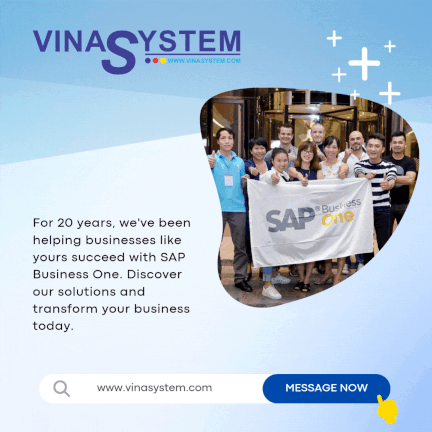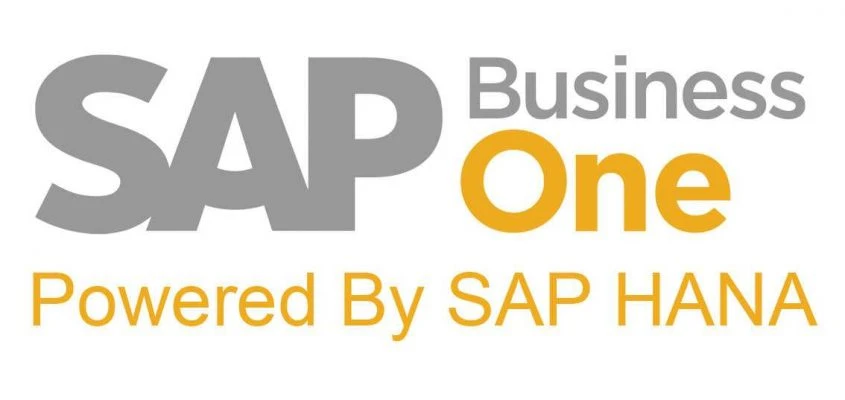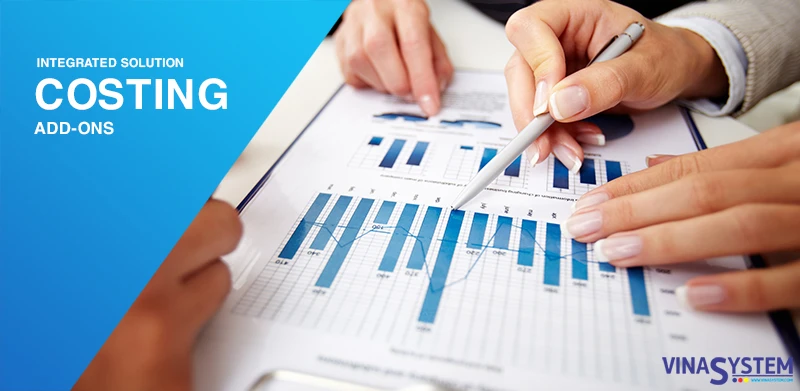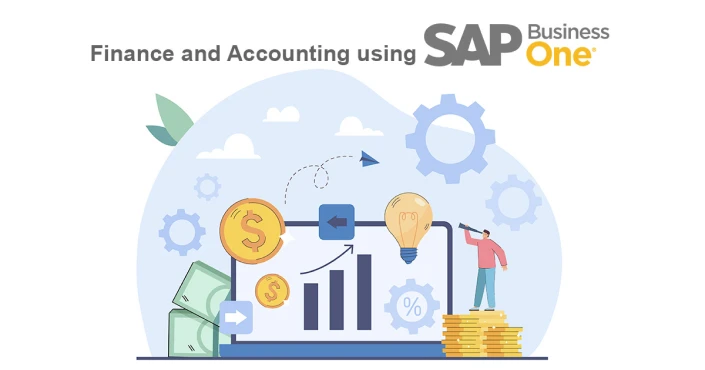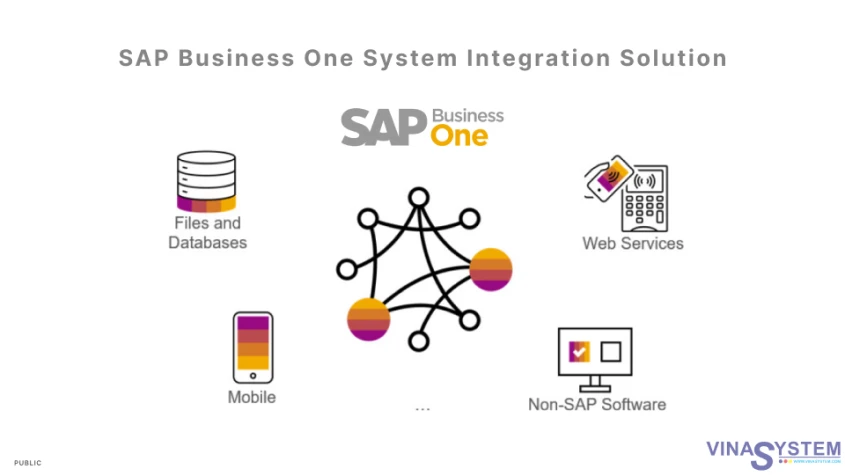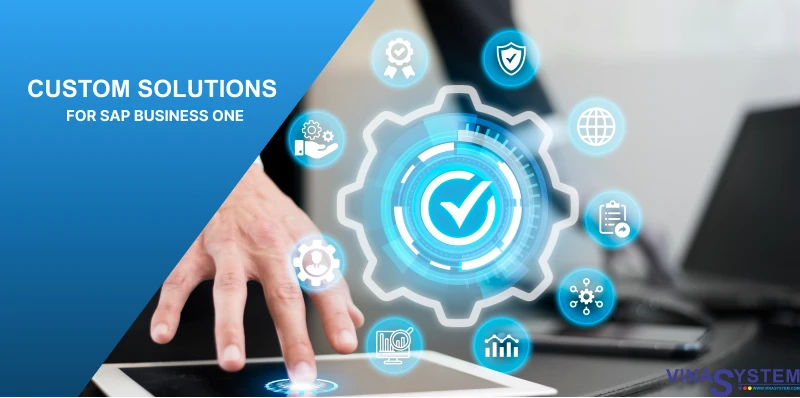.jpg)
What is SAP Business One solution ?
SAP Business One is the digital core for small and medium size businesses supporting digital enabling technologies. By integrating all critical business functions, SAP Business One supports sales, customer relationship management (CRM), purchasing, inventory, operations, financials, and human resources. Business information captured in a single system is instantly accessible across the organization, eliminating duplicate data entry along with related errors and subsequent costs.
It’s critical for fast growing companies to continuously reinvent its business with technology at the core. Existing business models are changing, and you need to become an intelligent, digital business.
Learn more: Top resons to choose SAP Business One to manage your entire business
Key Functionality of SAP Business One
1. Finance
Handle financial transactions including account journal entries, multi-dimensional cost centers, foreign currency adjustments and budgets.
- Chart of accounts and account segments
- Budget cost centers and sales tax calculations
- Recurrent transactions
- Exchange rates in multiple currencies
- Financial report and cash flow forecasting
- Fixed assets
- Cost accounting
- Cash flow forecast
2. Sales
Easily create quotes, customer orders, set up deliveries, update stock balances, and manage all invoices and accounts receivables.
- Quotations, orders and invoices
- Deliveries and returns
- Price lists in multiple currencies
- Available-to-promise
- 360 degree view for customers and their needs
- Managing sales and opportunities efficiently
- Credit control
- Price list control
3. CRM
Optimize the potential of service departments, service contract management, and service planning and tracking of customer interaction activities.
- Opportunities and pipeline management
- Service contract management
- Service planning
- Tracking across multiple customer interactions
- Knowledge database
- Service call management
- Providing support for service operations
- Customer segmentation
4. Purchasing
Manage supplier transactions such as issuing purchase quotes and orders, updating stock, handling returns and credits and processing payments.
- Purchase quotations
- Purchase orders and purchase deliveries
- Purchase returns and purchase credit notes
- Purchase requisition
- Landed costs
- Calculating landed costs for imports
- Blanket agreements
5. Project
Enable project based coordination between project planning, materials, capacity and resource utilization, ensuring that projects remain on time and within budget.
- Job Budget
- Define Project
- PO relevant to the project
- Capacity planning
- Gantt chart for project planning
- Update project stages
- Update status
- Financial Reports
- Shortcomings
- End to End project life cycle management
6. Inventory
Handle stock levels, item management, price lists, special price agreements, transfers between warehouse and stock transactions.
- Item management and item queries
- Price lists control
- Receipt to stock and release from stock
- Warehouse management and kitting
- Serial numbers tracking and batch management
- Pick & pack
- Multi-level UOM
7. Production
Production orders that contain the assembly and planning instructions in putting together the production item
- Bill of materials
- Production orders
- Forecasting
- Materials requirement planning wizard
- Recommendation reports
- Routing
- Costing
- WIP control
- Resource Management
Contact Vina System for the Most Suitable Solution for Your Business
If you're looking for an effective solution to manage costs and improve production efficiency, contact us today! Our team of experts is ready to provide consultation and offer the most suitable solution for your business needs.


